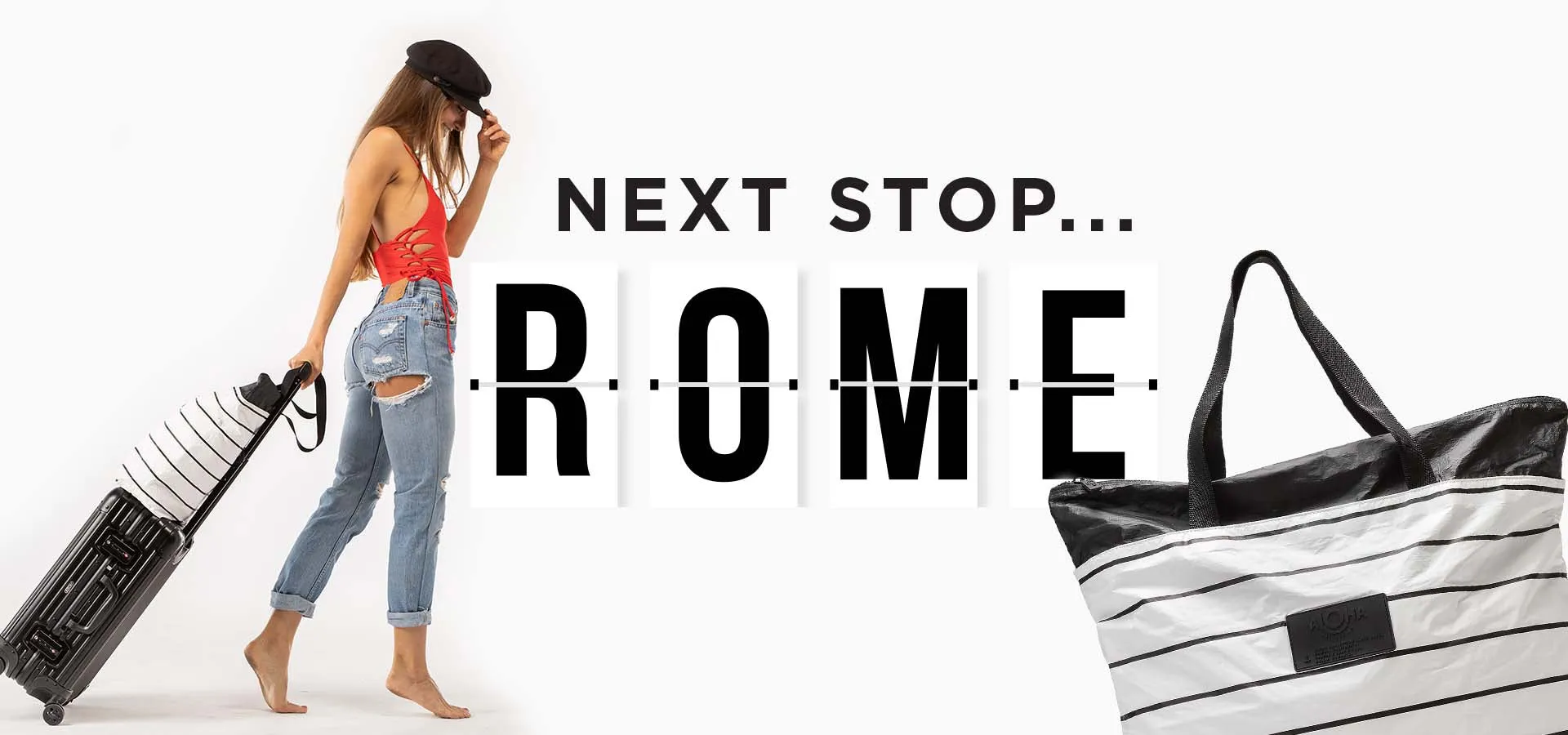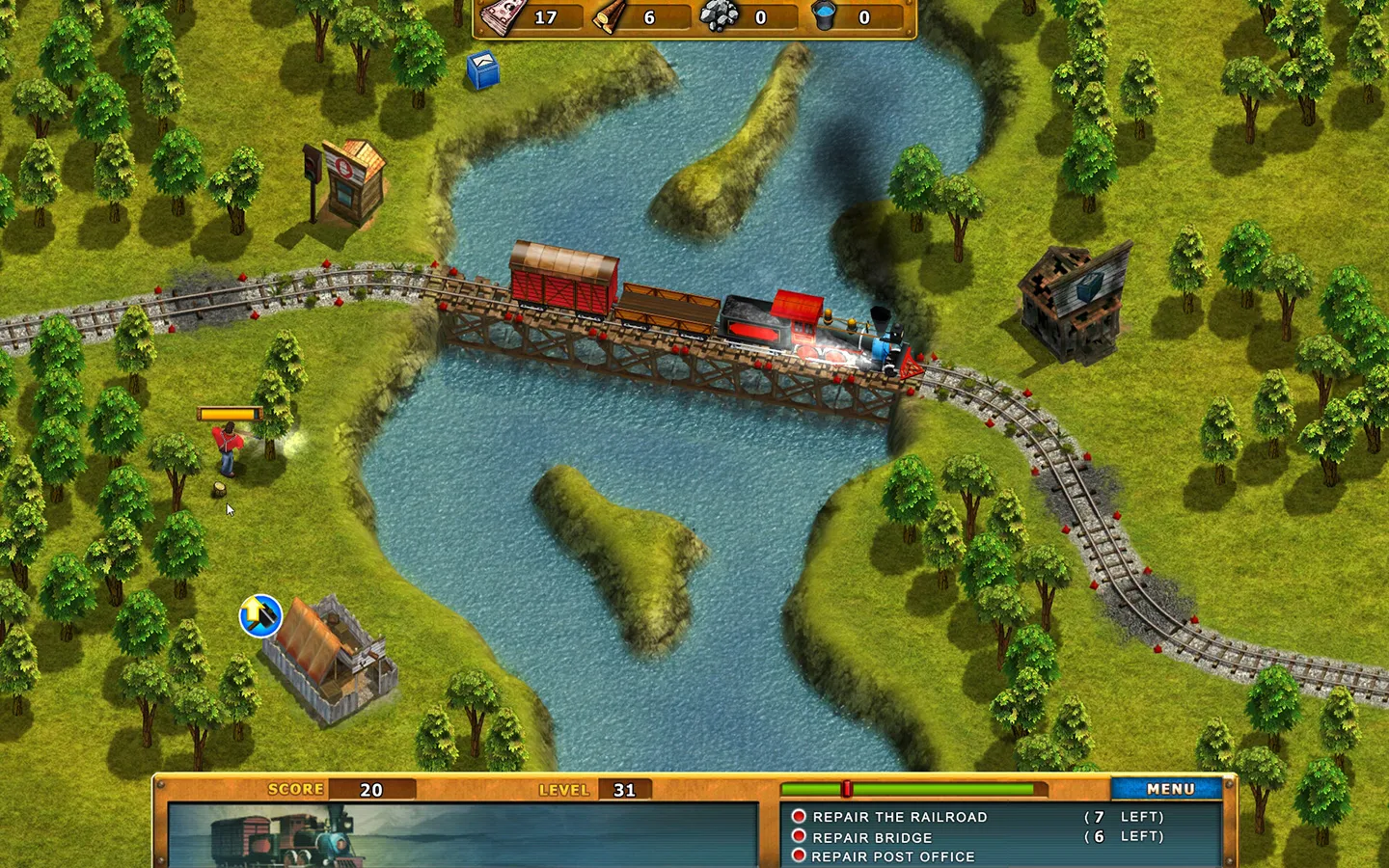What are Diecast Cars
Diecast cars are miniature models of real-life vehicles, created using a die-casting process where molten metal is injected into molds. These models are highly sought after by collectors and enthusiasts of all ages. The intricate detail and realistic designs of diecast cars make them a captivating hobby and a rewarding investment. The appeal lies in their ability to capture the essence of iconic vehicles, from classic cars to modern supercars, allowing collectors to own a piece of automotive history. These miniature marvels come in various scales, each offering a unique level of detail and representation, making it easy to find a model that suits your preferences and space. Whether you’re a seasoned collector or a curious beginner, diecast cars offer an exciting world to explore.
The History of Diecast Cars
The history of diecast cars is a fascinating journey that mirrors the evolution of manufacturing and the enduring appeal of miniature replicas. Initially designed as promotional items, these toys quickly gained popularity, evolving from simple designs to highly detailed models. The early days saw the use of lead and other less durable materials, but as technology progressed, so did the materials used, enhancing both the durability and the detail of the models. The industry has seen significant shifts, with various companies emerging and disappearing, each contributing to the rich tapestry of diecast car history. Today, the legacy continues with a wide array of models that cater to collectors and hobbyists alike, reflecting the design and innovation of the automotive world.
Early Developments

The early developments of diecast cars were rooted in the need for durable and cost-effective toy manufacturing. Early models were primarily made from metal alloys, often lead, which was readily available and easy to mold. These initial designs were simple but served their purpose well, introducing children to the concept of toy vehicles. These early toys were often distributed as promotional items or small trinkets, but they quickly captured the imagination of children and adults alike, setting the stage for the future of diecast car collecting. As manufacturing techniques improved, so did the complexity of the designs and the durability of the materials, moving beyond simple toy vehicles towards more detailed and appealing replicas.
Evolution of Materials
The evolution of materials in diecast car manufacturing has been a key factor in the development of more realistic and durable models. The use of lead was gradually phased out due to safety concerns, giving way to more advanced and safer materials. Zinc alloys and other robust metals became the standard, allowing for more intricate detailing and stronger construction. The shift to these materials improved the overall quality and longevity of the models, as well as their ability to withstand the rigors of play and the test of time. These material advancements have enabled manufacturers to create models that accurately represent the colors, finishes, and details of their full-size counterparts, enhancing the appeal for collectors.
Types of Diecast Cars
Diecast cars come in a variety of types, appealing to diverse interests and collecting preferences. From classic automobiles and muscle cars to modern sports cars and trucks, there is a diecast model to suit every taste. The variety extends beyond just the type of vehicle; collectors can choose from a vast array of scales, allowing for different levels of detail and display options. Limited-edition models and those with unique features are particularly sought after, adding to the excitement of collecting. These diverse options make diecast cars a versatile hobby, offering something for everyone, whether they are enthusiasts of vintage vehicles, modern marvels, or something in between.
Scale Sizes Explained

Scale sizes are a fundamental aspect of diecast car collecting, dictating the proportions and detail of the models. Scales represent the ratio between the miniature car and the actual vehicle. The most common scales include 1:18, 1:24, 1:43, and 1:64. Larger scales, such as 1:18, offer greater detail and features, making them popular for display, while smaller scales, like 1:64, are often more affordable and easier to collect in large numbers. Understanding these scales is important to make informed choices about the size and detail of the models, as well as how they will fit into your collection and display area. Choosing the right scale is also a matter of personal preference, as it influences both the aesthetic and practical aspects of your collection.
Popular Diecast Car Scales
Several scale sizes stand out as the most popular among diecast car collectors. 1:18 scale models are known for their exceptional detail and are a favorite for display purposes. The 1:24 scale is another common choice, offering a balance between detail and affordability. 1:43 scale models are popular for their compact size, making them ideal for collectors with limited space. Finally, 1:64 scale models are highly popular for their affordability and the vast selection of available vehicles. Each scale has its unique advantages, catering to different preferences and collection goals. The choice of which scale to focus on often depends on individual space, budget, and the level of detail desired.
Model Categories
Diecast cars are categorized based on vehicle type, brand, and era, providing collectors with focused collecting options. Categories might include classic cars, muscle cars, sports cars, trucks, and even specific makes like Ford, Chevrolet, or Ferrari. Certain collectors specialize in particular eras, such as vintage models from the 1950s or iconic vehicles of the 1960s. Other collectors focus on specific genres like race cars or military vehicles. The breadth of choices means there is a category to match any particular interest. By focusing on a specific category, collectors can curate a focused and thematic collection, making their hobby more enjoyable and manageable.
Collecting Diecast Cars

Collecting diecast cars is a rewarding hobby that combines the thrill of the hunt with the joy of ownership. It offers an opportunity to connect with others who share a passion for automobiles, history, and miniature craftsmanship. Diecast car collecting is an engaging pursuit for people of all ages, whether you’re drawn to the intricate detail of the models, the memories they evoke, or the potential for investment. The process can include researching, acquiring, organizing, and displaying your collection. Whether you choose to focus on a specific category or collect a variety of models, the hobby offers personal satisfaction and the opportunity to build a collection that reflects your personality and interests.
Building a Collection
Building a diecast car collection is a journey that begins with establishing clear goals and defining your preferences. Start by determining the type of cars and scales you want to collect, then set a budget to guide your spending. Research the market to understand the value of different models and identify reputable sellers. Organize your collection systematically, perhaps by scale, brand, or era. Display your models in a way that showcases their beauty and allows you to appreciate them. As your collection grows, consider joining a collector’s club or online forum to connect with other enthusiasts. These steps will help you build and maintain a satisfying and valuable collection.
Setting a Budget
Setting a budget is crucial for maintaining control of your collecting hobby and avoiding overspending. Determine how much you can realistically afford to spend on new models each month or year. Consider the value of your collection, taking into account potential investment and insurance needs. Research prices and compare models to ensure you are getting the best deals. Track your spending to monitor your budget and adjust it as needed. Be prepared to prioritize which models to purchase, especially if you are interested in more expensive or limited-edition pieces. By setting a budget, you can enjoy collecting without financial stress and ensure your hobby remains a source of pleasure.
Where to Buy

There are numerous places to buy diecast cars, offering a wide variety of options to suit your needs. These range from brick-and-mortar stores to online platforms, each with its own set of benefits. Consider the authenticity of the sellers, the prices, and the availability of the models you are looking for. Buying from reputable sources ensures you get genuine products and reliable service, protecting your investment and satisfaction. Whether you prefer the hands-on experience of a local shop or the convenience of online shopping, understanding your options will enhance your collecting experience.
Online Marketplaces
Online marketplaces are a primary source for purchasing diecast cars, offering a vast selection and the convenience of shopping from home. Sites like eBay and dedicated diecast car websites provide access to a global market of sellers and models. Online marketplaces often have competitive pricing and a wide variety of models, including rare and limited-edition items. Research sellers carefully and read reviews to ensure you are buying from reliable sources. Check the models’ condition and ask for additional photos or information before making a purchase. Many collectors use online platforms to find the cars that complement their collections.
Local Hobby Shops
Local hobby shops provide a more personal and interactive experience for diecast car collectors. These shops offer the opportunity to see models in person, inspect their quality, and receive expert advice from knowledgeable staff. Local shops often have a curated selection of models and may offer exclusive or hard-to-find items. They can also provide a sense of community, connecting you with other collectors in your area. Supporting local hobby shops is a great way to find unique items while contributing to a vibrant collecting culture. They are ideal for buyers looking for a personalized shopping experience.
Caring for Your Diecast Cars

Proper care is essential to preserve the value and beauty of your diecast car collection. Cleaning and maintenance, careful display, and protective storage will help maintain the models’ condition over time. Regular cleaning removes dust and debris, preventing potential damage. Safe storage protects the models from sunlight, moisture, and other environmental factors that can cause deterioration. By taking the time to protect and maintain your diecast cars, you ensure your collection remains a source of enjoyment and can retain its value for years to come. This careful approach to preservation adds to the long-term satisfaction of collecting diecast cars.
Cleaning and Maintenance
Cleaning and maintenance are crucial for keeping your diecast cars in top condition. Use a soft, clean cloth to gently wipe away dust and fingerprints, avoiding harsh chemicals that could damage the paint. Consider using a small, soft brush to remove dust from hard-to-reach areas, such as the interiors and wheels. Regular maintenance will prevent the build-up of dirt and grime, keeping your models looking their best. Inspect your models regularly for any signs of damage or wear and address any issues promptly. By regularly cleaning and maintaining your diecast cars, you can preserve their appearance and value.
Displaying Your Collection
Displaying your diecast car collection allows you to showcase your passion and create a visually appealing presentation. Choose display options that complement your models, such as shelves, display cases, or custom-built setups. Arrange your cars in an organized and visually pleasing manner, grouping them by scale, brand, or model type. Consider using lighting to highlight the detail and beauty of your collection. Rotate models occasionally to keep the display fresh and exciting. Thoughtful display enhances your enjoyment of the hobby while providing a great conversation starter. You can show off your cars in a way that is both aesthetically pleasing and protective of your collection.
Avoiding Damage

Preventing damage to your diecast cars is a critical aspect of maintaining their condition. Store your models in a cool, dry place away from direct sunlight and extreme temperatures, which can cause paint fading or warping. Handle your cars with clean hands to avoid leaving fingerprints or transferring oils that can damage paint. Avoid dropping or bumping your models, as this can cause scratches or other damage. When displaying your cars, ensure they are stable and secured to prevent accidental falls. By taking these precautions, you can protect your collection from damage, ensuring your models remain in pristine condition.
Conclusion
Diecast car collecting offers a fascinating blend of history, detail, and personal expression, making it a rewarding hobby for enthusiasts of all ages. From the rich history to the diverse types of models, the world of diecast cars has something for everyone. Whether you are drawn to classic cars, modern sports cars, or specialized models, the variety is vast. Building a collection involves research, careful selection, and maintaining the models. By learning about the different scales, caring for your collection, and finding reputable sources, you can delve into this engaging hobby. Embrace the joy of collecting and sharing your passion for these miniature marvels.
